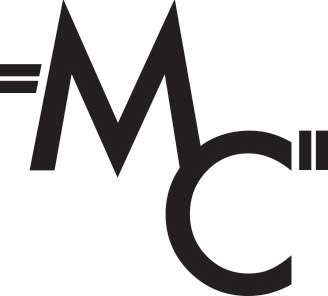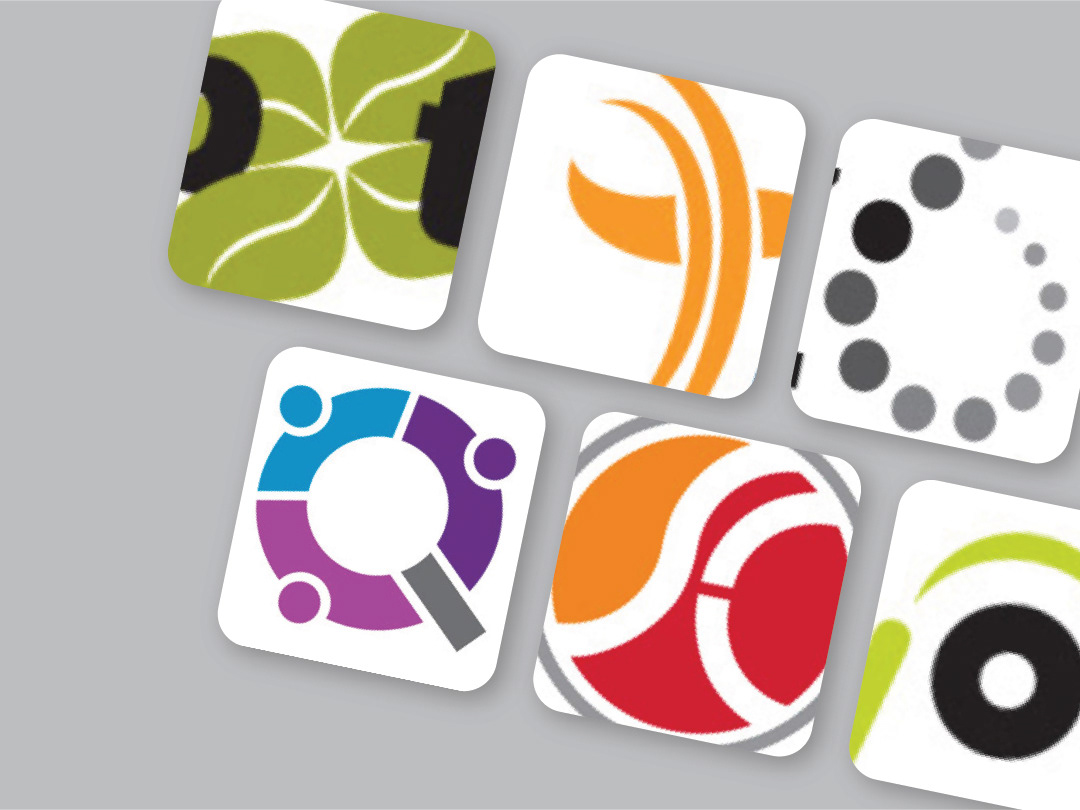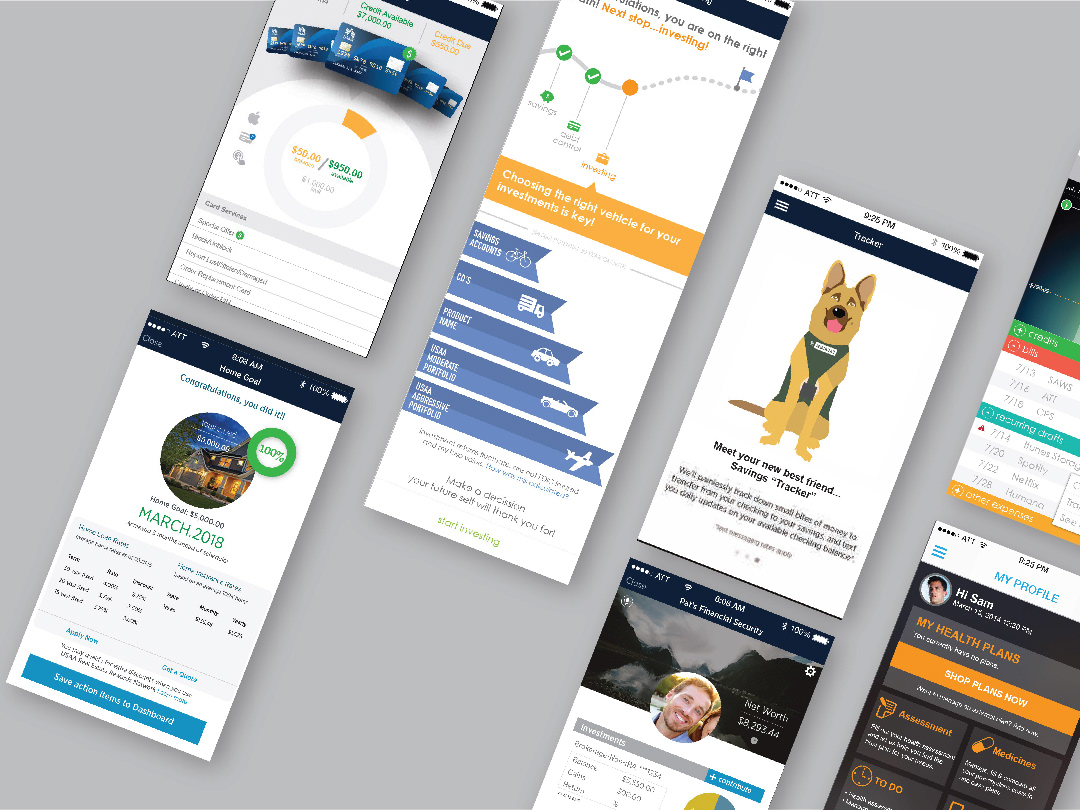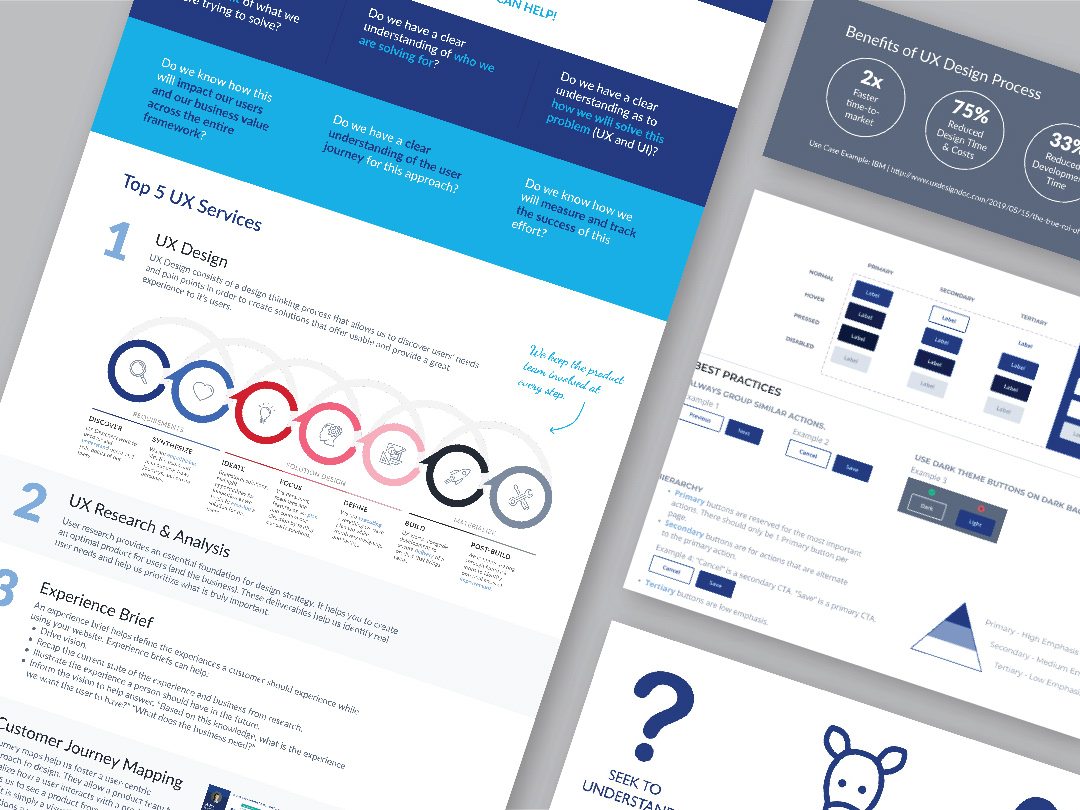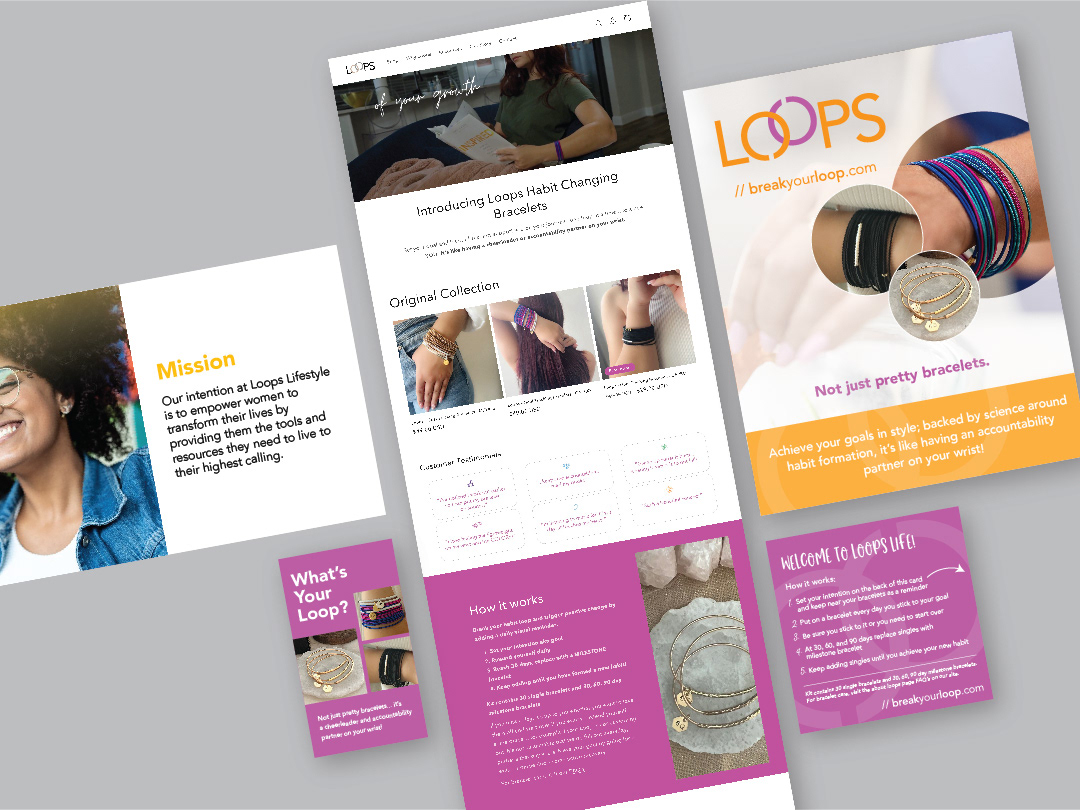Use case 1: Mid size commercial insurance company lacked unified experience leading to many "one-off" solutions, lack of customer communication and too much employee time to help resolve customer needs.
Problem:
Current major digital experiences, both external and internal, were outdated and no longer meeting the needs of our end users or fulfilling the demands of our business.
Results:
- Increased System Usability Score (SuS), 61-85
- Increased Net Promoter Score (NPS) ease of use 83 to 91, self-service 83 to 90 and effectiveness of agency 73 to 89
- Increased Customer Communication by 35%
Use case 2: (a&b) Global media company was losing sales as well as talented workforce due to slow processes and legacy applications.
Problem (a):
The current toolset for our playout (radio) platforms was outdated and built on obsolete technology. This initiative aimed to reduce the system's footprint, enable web-based accessibility, and deliver a more automated and user-friendly experience within the context of an intricate, multitasking environment.
Results:
Savings of over $6M a year once fully operational through reduction in workforce by 50%, decrease scheduling time for PDs by 30%, decrease dependency on need of physical studio by 20% year one, decreased hardware costs by 65% and gained increase anytime accessibility and system usability
ux research informed Role based platform design for all applications
final UI - light mode
Problem (b):
Additionally the sales employees lacked a single platform for planning, collaborating, and creating schedules for potential sales with clients. Additionally, there was no centralized location providing insights into post-sale activities, tracking, and order performance.
Results:
Through the sales initiative we produced a reduction in SLO from various to 48 hours and increased proposal conversion by 30%
ux research artifacts - product feature release priority
final UI - dark mode
